- Published on
Q&A with Michael DiTullo
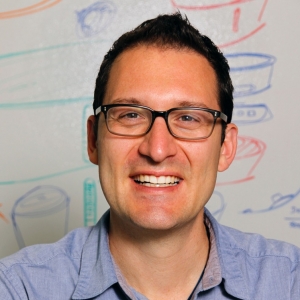
I’m Michael DiTullo, Chief Design Officer for Sound United where I lead a multi-disciplinary team of designers. Our team is responsible for design strategy, design research, product concepting, industrial design, packaging, Ui/Ux, brand design and marketing creative for our three brands, Polk Audio, Definitive Technology, and BOOM. Previously I was a creative director at frog design in San Francisco, a design director at Converse, and a designer at Nike/Jordan. I started my career at a small product design consultancy called Evo. I also consult with Icon.
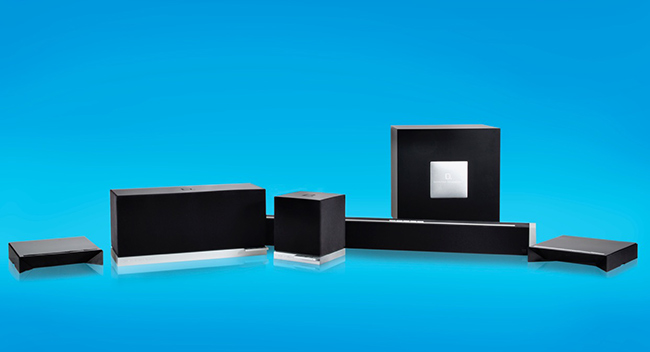
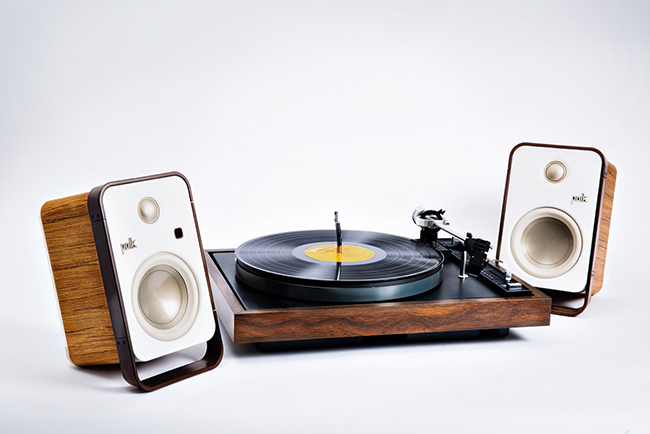
How did you get started in design?
When I was a kid my parents asked me what I wanted to do when I grew up. A pretty standard question, my simple answer was “I want to draw stuff from the future”. I was 13 years old and I think that might still be the best explanation of what I do everyday. As a child I was always drawing what I thought the future of this or that would be. I loved thinking about how things might change in the future and very excited to be a part of it. I just knew that must be somebody’s job. I started to piece things together. A random newspaper article about Giorgetto Giugiaro clued me in that what I wanted to do was called industrial design. Spotting a lonely book shoved into a bottom shelf of a bookstore I found “Design and Rendering Techniques” by Dick Powell. For Christmas that year I asked for a drafting table and tools, a set of prisma color markers, and drawing paper. I was probably an odd kid, but my strong internal compass served me well. My math teacher told me about The Rhode Island School of Design after she busted me for doodling in the back of class. From RISD I branched out and took summer studies in Milan, spent a semester at the Cleveland Institute of Art, and did sponsored projects for Chrysler, Nissan, and Nike.
After school I freelanced for a bit and ferociously worked and reworked my portfolio until I finally landed my first real full time design job at Evo Design in Connecticut. There I got to work on a wide range of projects for clients as diverse as Hasbro, Timex, Nike, Burton Snowboards, Schick, Bose, Chantal Cookware, and Becton Dickinson. It was a great place to cut my young teeth and learn how to literally design anything. It set me up well for the adventures that followed.
What tools and software do you use for your work?
Our process is very tailored to each project we do. Einstein’s definition of insanity is doing the same thing over and over and expecting different results. So to help ensure fresh results, we try to do it differently each time. This can be difficult because much of business thrives on repeatable processes, but design’s relationship with business it to be disruptive, innovative, and creative. We must bend the business to the way we work vs the other way around so that the business can be successful. We do a lot of functional research, ethnographic sessions, marketplace audits, competitive teardowns. Importantly while all of this is happening, we are designing in parallel. I don’t believe in a linear design process. It is more like a spiral cycling through research, concepting, refining, reviewing, and back around until we close in on the right solution.
In terms of tools, we like to stay pretty analog at the front end. Drawing together as a group, pinning up, discussing. Once we have a grip on the concept we start iterating and refining digitally with a wide variety of tools.
What are you working on now?
Of course I can’t say exactly, but over the last 3 years we have shepherded our brands into several new product categories; headphones, bluetooth speakers, gaming, and most recently WiFi enabled wireless audio systems. We don’t expect to stop innovating anytime soon.
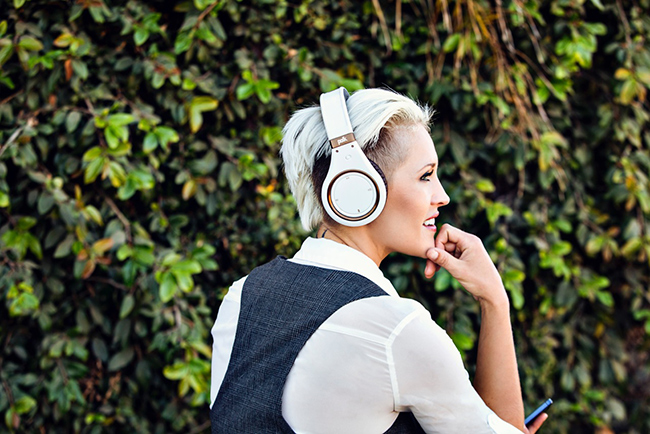
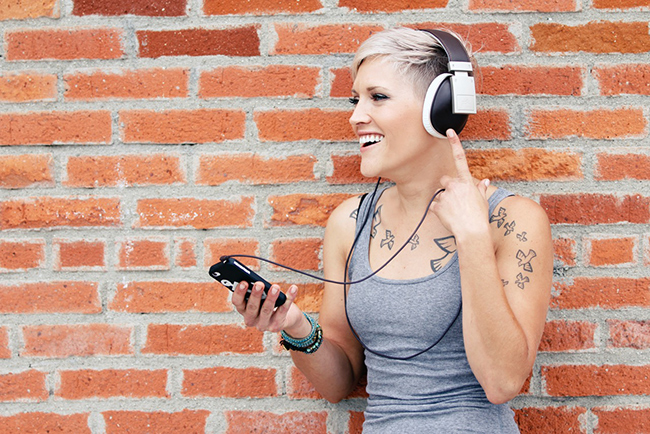

What is your ideal work environment?
It is very rare, but one of my early projects was to design our headquarters, so I got to design our space. Previously our building was a school for training technicians how to modify cars, so it was very industrial and open. I had the concrete floors sealed, left all of the giant roll up doors that were there to bring cars in, left the exposed industrial ceiling and spent the budget on some great furniture. The space is super open, their are no walls, but lots of WiFi networked speakers. Everyone can see what everyone else is working on making it super collaborative. Anyone can DJ to the entire audio system from their phone. We are based just north of San Diego so those big garage doors are open almost all of the time. I love working in this space everyday.
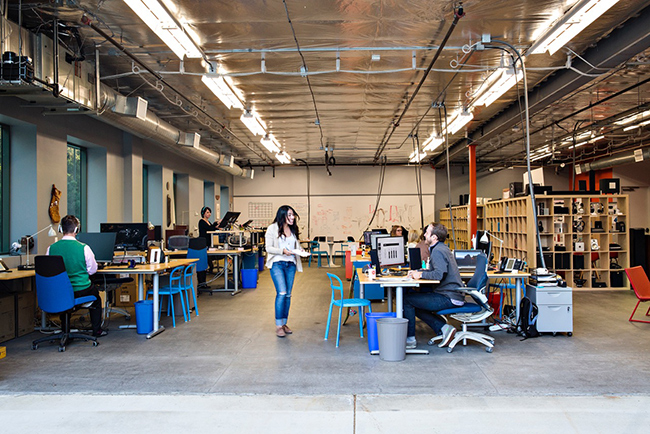
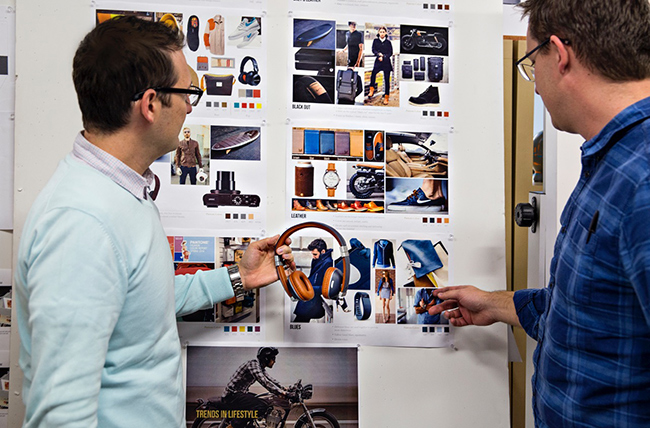
Where are your favorite places for art?
My wife is an artist and she keeps me fresh and in the loop in terms of what is going on in the art world. Each year we seem to raise our membership level at The Museum of Contemporary Art San Diego. Previously we lived in San Francisco, Boston, and Portland. The Art Scene is not as developed here yet, but that is part of the excitement. There are a few galleries we enjoy frequenting like Helmuth Projects, the Thumbprint Gallery, and Quint. The boutique scene is exploding with stores like Ajax, Grounded, and Graffitti Beach. This being Southern California there are a lot of fine examples of Mid Century Modern architecture and some great shops that cater to our addiction to MCM furniture like Boomerang. It is fun to be a part of a city discovering its cool. It feels like Portland when we moved there in 2003 in some ways.
Who are the designers, artists you admire most?
Earlier I mentioned Giorgetto Giugiaro and Dick Powell of the firm SeymourPowell whom I’ve never met but I feel indebted to. Because of their advocacy for design, I learned about our world very early, and I feel it is important to evangelize for our profession as they do. You never know who you might accidentally encourage to spend a life creatively! I tend to admire designers who focus on doing great work, design doing, and who don’t draw boundaries around a specialization. Take Raymond Loewy. He seemed as comfortable designing a Studebaker, as doing branding for the likes of Shell, Lucky Strike, and Greyhound. Content to design Air Force One and the interiors of SkyLab for NASA. I aspire to that amount of range. That insatiable desire to touch everything, I think I have a little bit of that. I call it a constant dissatisfaction. After all, if you are satisfied with something, how can you expect to make it better!